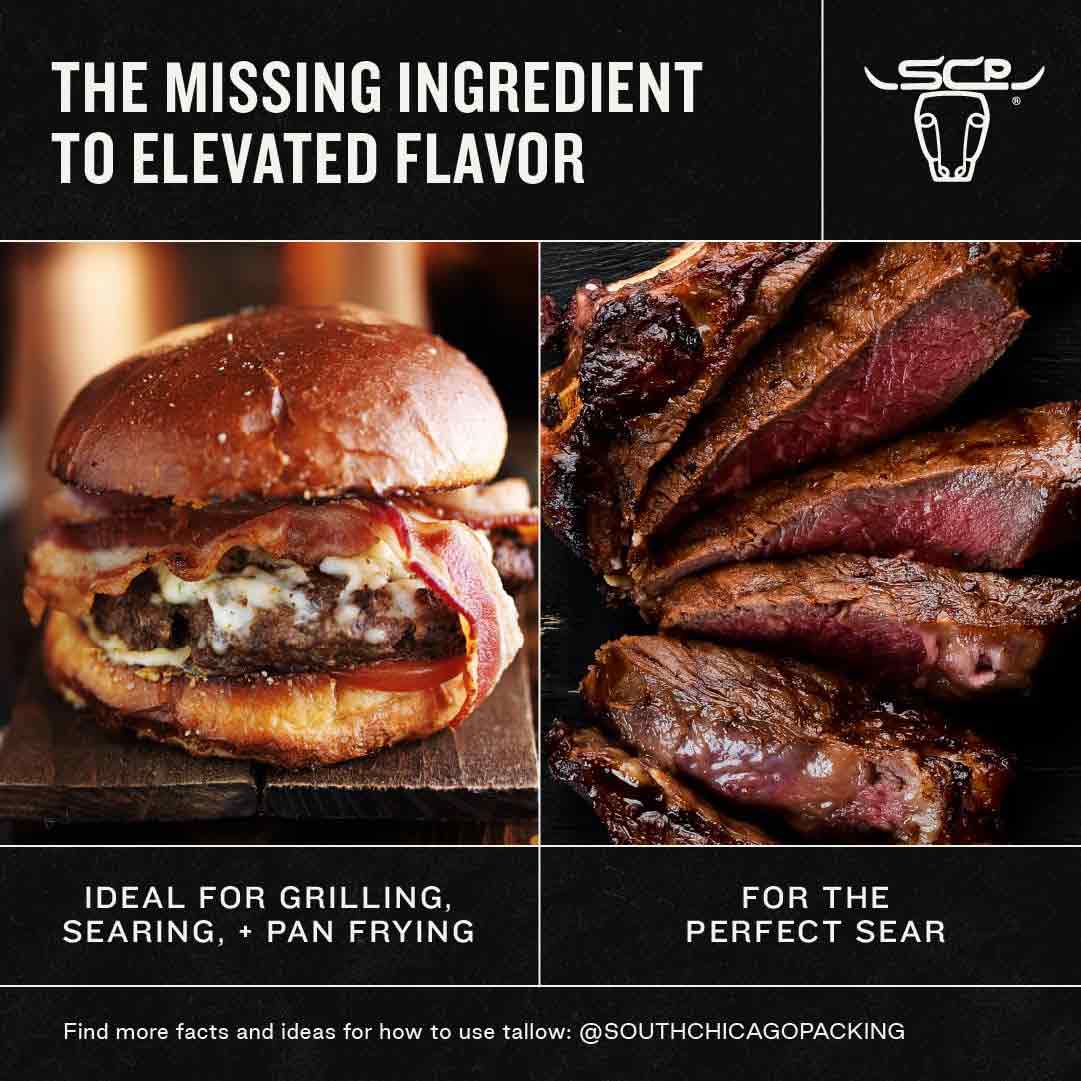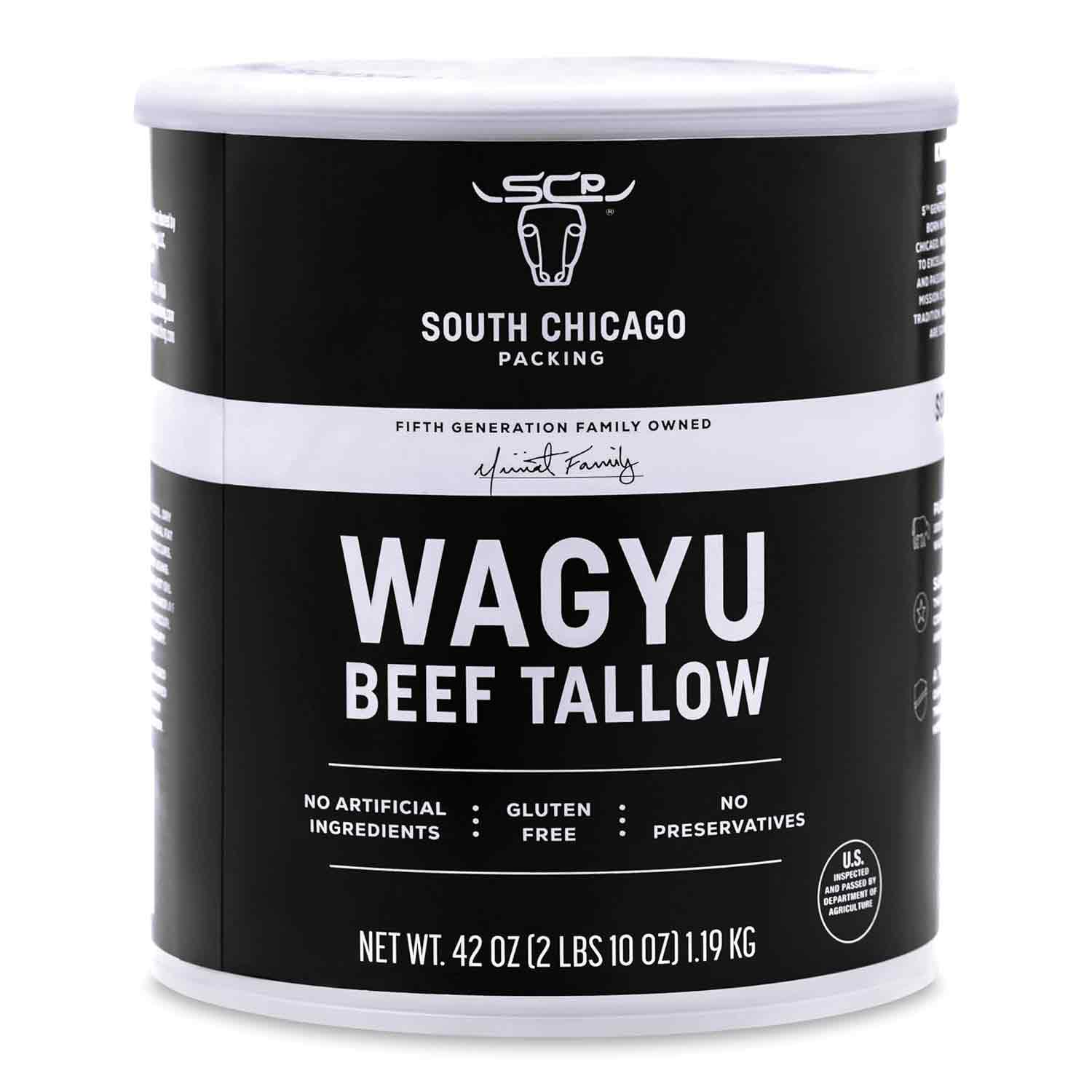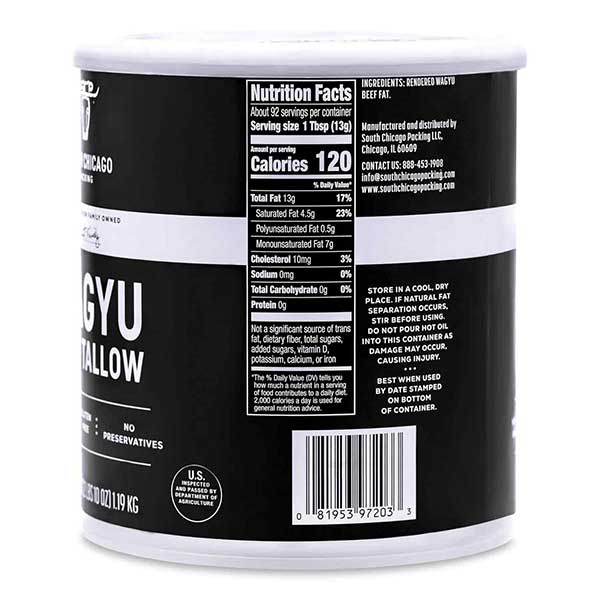
What Is Beef Tallow and Why Is It Popular in 2025?
Alright, y’all, listen up—Travis “Smoke Daddy” Wheeler here, straight outta Franklin, Tennessee, where the air smells like hickory and the briskets smoke low and slow. Beef tallow? That’s rendered fat from beef suet, and it’s stormin’ back into 2025 kitchens like a Tennessee twister. Why? ‘Cause beef tallow cooking benefits are the real deal. Back in the day, before them seed oils took over, tallow was king in every smokehouse and kitchen. This creamy, golden fat’s got flavor that’ll knock your boots off and versatility to match.
So, what’s the scoop? You heat up beef fat—best from ‘round the kidneys—till it separates from the tissue. Ain’t like lard from pigs, nah, this is cattle-born with a savory kick that’s pure beefy goodness.
Way back when, tallow fried up crispy tavern grub and baked pastries flaky enough to make a grown man weep. Plus, it doubled as candle wax and boot polish—talk about a workhorse! Now, it’s ridin’ high again as a natural, whole-food fat. Wanna know why it’s got folks fired up? Let’s dig into the meat of it.

Top Beef Tallow Cooking Benefits for 2025 Kitchens
High Stability for Safe Cooking
First off, beef tallow’s got a smoke point sittin’ pretty at 400°F—hotter than a Tennessee summer. That’s stability you can bank on. It’s packin’ 50-55% saturated fats and 40% of the good stuff, so it don’t break down into nasty junk like them flimsy seed oils. Take fryin’, for instance—tallow keeps your grub crisp and safe, no burnt mess here.
Unmatched Flavor with Beef Tallow Cooking Benefits
Next up, this stuff’s got a savory, umami punch that’ll make your taste buds holler. I’m talkin’ golden taters or roasted veggies that taste like they’ve been kissed by smoke. Seed oils can’t hold a candle to it—tallow’s the secret sauce for them beef tallow cooking benefits.
Nutritional Perks
Moreover, if you’re usin’ tallow from grass-fed cattle, you’re loadin’ up on vitamins A, D, E, and K—stuff your body craves. It’s even got conjugated linoleic acid (CLA)—science reckons it might cool off inflammation, though they’re still pokin’ at it. At 115 calories a tablespoon, it’s dense but packed with goodness.
Sustainable and Traditional
Finally, tallow’s all about nose-to-tail eatin’. No waste, just pure tradition. It’s less messed with than them modern oils sittin’ on shelves. Therefore, it’s a dang fine pick for 2025 kitchens lookin’ to keep it real.
How to Use Beef Tallow Cooking Benefits in Your Kitchen
Tallow’s as easy to sling around as a good ol’ smoker. Here’s how to wrangle its benefits.
Frying Foods and Beef Tallow Cooking Benefits
First, fry with it. That high smoke point’s perfect for chicken, fries, or doughnuts—crisp outside, tender inside, with a flavor that sings. For example, fry up some potato wedges in tallow, and you’ve got a side dish that’ll steal the show.
Roasting Vegetables
Next, roast them veggies. Slather carrots, taters, or Brussels sprouts in melted tallow, then let the oven work its magic. That savory depth? Irresistible, y’all.
Baking and Beef Tallow Cooking Benefits
Also, bake with it. Pie crusts and biscuits turn flaky as all get-out—old-school style. It’s a throwback that’ll have folks beggin’ for seconds.
Grilling and Searing
Lastly, slap some tallow on your steaks before grillin’ or searin’. Adds a beefy wallop and a crust that’s pure gold. Simple, but darned effective.
Beef Tallow vs. Seed Oils: The 2025 Debate
Seed oils—soybean, canola—rode in big last century, touted as “heart-healthy.” Now folks are squintin’ at their omega-6 overload. Modern eats run a 20:1 omega-6 to omega-3 ratio—way off the old 4:1. That tilt might spark inflammation tied to heart trouble. Plus, all that refinin’ and heat can turn seed oils funky with aldehydes. Tallow? Barely touched, steady as a rock. Still, the Heart Association’s hangin’ with seed oils for their “healthy” fats. Your call—but tallow’s got grit they can’t touch.
Is Olive Oil a Seed Oil?
Nope, olive oil’s from fruit, not seeds. Extra virgin’s got good fats and antioxidants, but its 375°F smoke point don’t hold up to tallow for high heat.
Comparing Beef Tallow to Other Fats: Which Is Best?
Let’s stack tallow up against the competition—see if it’s your kinda fat.
Beef Tallow vs. Butter
Butter’s smooth and tasty, but its 350°F smoke point don’t cut it for fryin’ like tallow. Plus, butter’s water makes it spit—tallow’s steady and beefy.
Beef Tallow vs. Coconut Oil
Coconut oil’s got that island vibe, but 350°F caps it out. Tallow takes the heat better and brings vitamins and CLA that coconut can’t muster.
Beef Tallow vs. Lard
Lard’s pork-born, tallow’s cattle-raised—both hit around 400°F. Lard’s milder, but tallow’s beefy edge and grass-fed nutrients give it the win.
What Does Science Say About Beef Tallow Cooking Benefits?
A 2021 study in the Journal of the American College of Cardiology says saturated fats ain’t the heart-killer we thought. Tallow’s fat mix—saturated and healthy, no trans junk—plus CLA looks solid. Olive oil might edge it out for heart health, but moderation’s key. Ask your doc if you’re on the fence.
For more, check out top beef recipes to pair with tallow’s benefits.
Breaking Down Beef Tallow Nutrition: What’s Inside?
Tallow’s nutrition’s where it shines for real-food folks. Let’s crack it open.
Fat Composition
First, it’s 50-55% saturated fat, 40% healthy fat, 3-5% polyunsaturated. That saturated chunk’s got stearic acid—2019’s The American Journal of Clinical Nutrition says it’s chill with cholesterol. Healthy fats boost good cholesterol, too.
Fat-Soluble Vitamins in Beef Tallow Cooking Benefits
Next, grass-fed tallow’s loaded with vitamins A, D, E, and K2—eye health, bones, cell protection, and artery-clearin’ goodness. A 2020 Nutrients study backs that up. Grass-fed’s where it’s at for max punch.
Conjugated Linoleic Acid (CLA)
Also, CLA’s in there—up to 1.5% in grass-fed tallow. A 2022 Frontiers in Nutrition review says it might trim fat and ease inflammation. Grass-fed’s your ticket for more.
Cholesterol and Caloric Density
Yeah, it’s got cholesterol—100 mg per 100g—but a 2018 Current Opinion in Clinical Nutrition & Metabolic Care study says it don’t mess with most folks’ blood levels. At 115 calories a tablespoon, watch your scoopin’.
Mineral Traces and Other Nutrients
Plus, you get a sprinkle of selenium and phosphorus—nothin’ huge, but it’s there. No carbs, sugars, or protein, so it’s gold for keto or carnivore life.
Considerations for Beef Tallow Cooking Benefits
Still, it ain’t for all. High cholesterol? Talk to your doc. Quality’s king—grass-fed beats the industrial slop every time.
Why Choose Beef Tallow Cooking Benefits in 2025?
Tallow’s ridin’ back ain’t just old-times’ sake—it’s the goods. High smoke point, rich taste, nutrient kick—it smokes seed oils for fryin’ wings or bakin’ biscuits. Fits keto and carnivore like a glove. Ready to ditch the fake stuff? Tallow’s your road to real eats.

Drop your favorite tallow dish below!
If you’re lookin’ for more grub ideas, hit up PopularBBQ.com.
Check out this guide to Render Beef Tallow at Home.